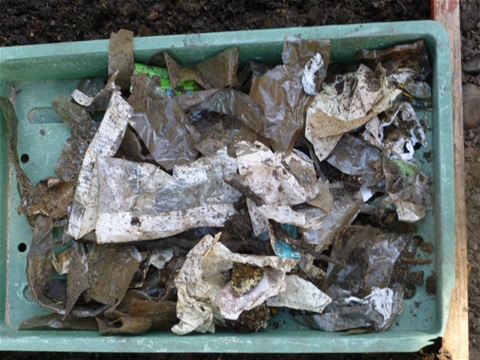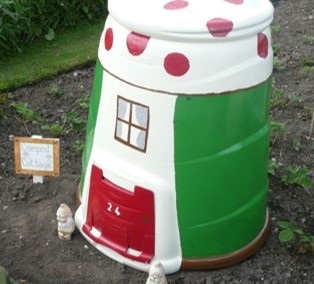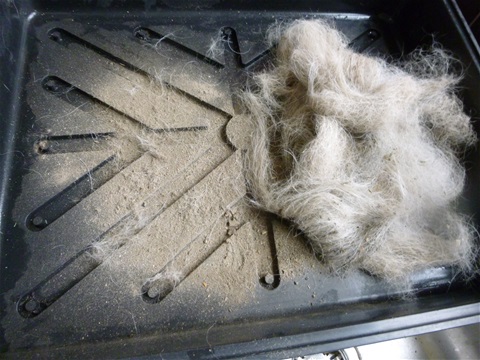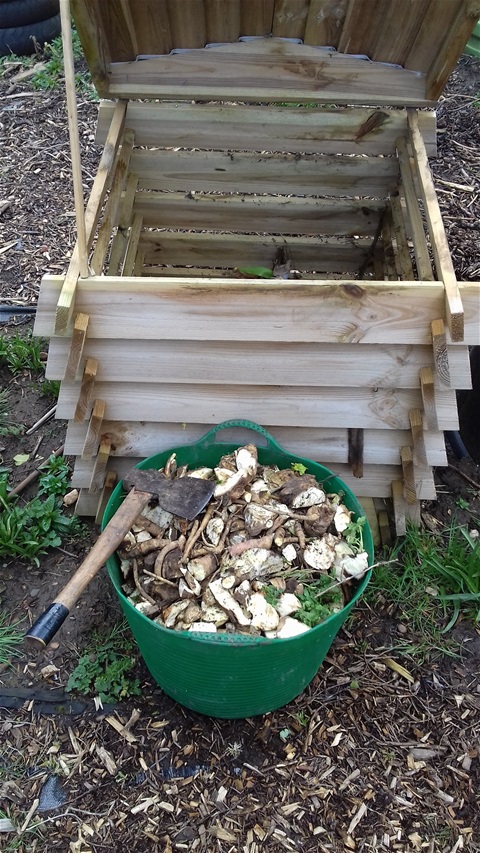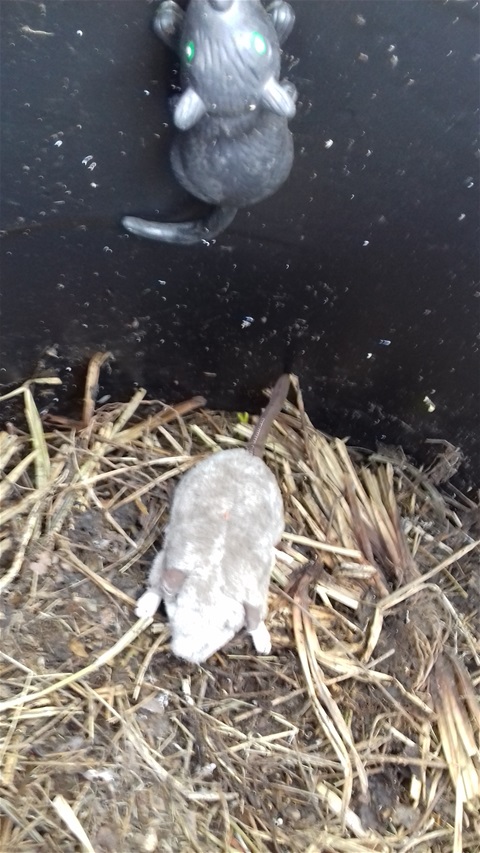Carryoncomposting.com has updated its page on Composting Hair. http://www.carryoncomposting.com/416920208
A new paragraph has been included on the history of using hair in compost in China
and India but the main changes relate to vacuuming hair from floors and the risks of including microplastics in the vacuumed waste from synthetic carpets. Such plastics would enter the soil and ground water when the compost is applied to the garden.
The original advice on composting hair was that vacuumed waste should be added to the bin. This was subsequently modified to suggest that it would be better for the environment not to make compost from hair vacuumed from modern carpets but to dispose
of the council provided residual waste wheelie bin. (The photo shows hair and dust from a carpet cleaned each day)
However, the environmentally sound answer may not be to put the vacuumed waste into the kerbside bin destined for landfill as in
a study in which twelve leachate samples from four active and two closed municipal solid waste landfills were investigated microplastics were found in all the landfill leachate samples examined. In total, seventeen different types of plastics
were identified in the leachate samples
In another study sampling and analysis of microplastics in leachates from a total of 11 landfills in three Nordic countries found most samples were positive for multiple microplastics. http://www.diva-portal.org/smash/record.jsf?pid=diva2%3A1277395&dswid=-2541
Solid floors do not present a tile or wooden floors do not present a problem. With dogs that shed hair constantly and the floor is vacuumed daily the ratio of hair to other dirt is likely to be significant.(see photo)
Hair
can also be obtained from local hairdressers or dog groomers but do be aware that any waste that comes from a commercial activity may be classified as business waste. It should also be noted that this includes waste produced from running a business from
home. See below. (Be aware that Regulations may apply to disposal and carriage of trade waste)
Composting Hair
Hair can form lumps (mat) when being composted unless added to the bin in a small quantity to form a thin layer or mixed with other
Greens. It is recommended that the bin is aerated every two or three days for the first week to prevent lumps being formed and to speed the composting process. The more hair being added at a time the more important it is to mix it well to prevent compaction
which might reduce air circulation and create anaerobic conditions. Care should be taken not to overload the bin with hair. It should only form a small proportion of the Green material being composted. If using a compost tumbler carefully monitor the
process may not be as effective as a conventional bin as it has been reported that the hair may not compost completely in the time it takes other material when using batch composting.
